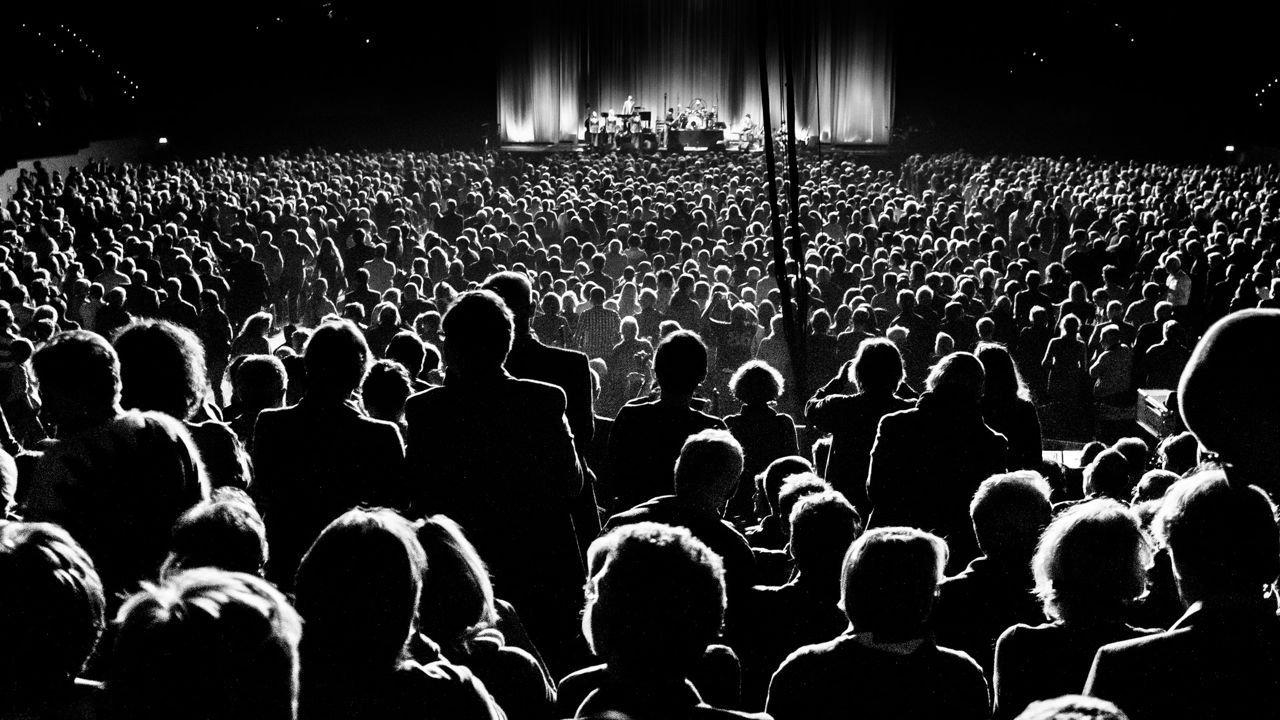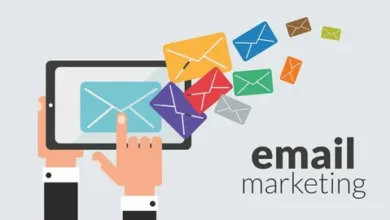Effective Techniques for Brand Awareness Campaigns
Mastering the Art of Brand Awareness Campaigns: Strategies for Success
In today’s crowded marketplace, standing out is more challenging than ever. This is where brand awareness comes into play. But what exactly is brand awareness? And why Effective Techniques for Brand Awareness Campaigns is it so crucial for your business? Let’s dive into the world of brand awareness campaigns and discover how they can help your brand shine.

Definition and Concept
Brand awareness refers to how familiar consumers are with your brand and its products or services. It’s the degree to which your brand is recognized by potential customers and correctly associated with your particular product or service.
Levels of Brand Awareness
Brand awareness can range from mere recognition (where consumers can identify your brand among others) to brand recall (where consumers can Effective Techniques for Brand Awareness Campaigns name your brand when thinking about your product category). Higher levels of brand awareness mean that your brand is more likely to be chosen over competitors.
Measuring Brand Awareness
To gauge brand awareness, businesses use various metrics such as surveys, social listening, and web analytics. Tools like Google Analytics, Brandwatch, and SurveyMonkey can help in measuring how well your brand is known among your target audience.
Setting Clear Objectives
The first step in planning a brand awareness campaign is to set clear and measurable objectives. Are you looking to increase brand recognition, improve brand recall, or change consumer perceptions? Having clear goals will guide your strategy and help you measure success.
Identifying Target Audience
Knowing your audience is crucial. Identify who your potential customers are, what they care about, and where they spend their time. This helps tailor your campaign to reach the right people with the right message.

Budget Allocation
Allocate your budget wisely. Decide how much you’re willing to spend Effective Techniques for Brand Awareness Campaigns on different channels and tactics. This will depend on your overall marketing budget and the goals you’ve set for your campaign.
Creating a Compelling Story
Every great brand has a story. Craft a compelling narrative that resonates with your audience. This story should convey your brand’s values, mission, and what sets you apart from competitors.
Consistent Branding Elements
Ensure that your campaign includes consistent branding elements like logos, colors, and taglines. Consistency helps reinforce your brand and makes it more recognizable.
Emotional Connection with Audience
Tap into emotions to create a deeper connection with your audience. Emotional marketing can significantly impact consumer behavior and enhance brand loyalty.

Social Media Platforms
Leverage social media platforms like Facebook, Instagram, and Twitter to reach Effective Techniques for Brand Awareness Campaigns a broad audience. Each platform offers unique advantages, so choose the ones that align best with your target audience.
Content Marketing
Content marketing is a powerful tool for brand awareness. Create valuable content that educates, entertains, or inspires your audience. This can include blogs, videos, infographics, and more.
Influencer Partnerships
Collaborate with influencers who align with your brand. Influencers can help amplify your message and reach a larger audience.
Traditional Media
Don’t overlook traditional media. Print ads, TV commercials, and radio spots can still be effective in building brand awareness, especially for reaching specific demographics.
Launch Strategy
Plan your campaign launch carefully. A well-executed launch can create buzz and excitement around your brand.
Monitoring Progress
Keep an eye on your campaign’s performance. Use analytics tools to track metrics like reach, engagement, and conversions.
Adjusting Tactics
Be ready to adjust your tactics based on performance data. Flexibility can help optimize your campaign for better results.
Utilizing Facebook and Instagram
Facebook and Instagram are ideal for visual storytelling. Use eye-catching images and videos to engage your audience.

The Power of Twitter
Twitter is great for real-time engagement. Participate in trending conversations and use hashtags to increase visibility.
Engaging Content on LinkedIn
LinkedIn is perfect for B2B marketing. Share industry insights, case studies, and professional content to build brand authority.
Visual Appeal on Pinterest
Pinterest is excellent for brands with visually appealing products. Create boards that showcase your brand’s lifestyle and aesthetics.
Blogging and Articles
Start a blog to share informative and engaging content. This can drive traffic to your website and improve SEO.

Video Content
Videos are highly engaging and shareable. Create product demos, behind-the-scenes videos, and customer testimonials.
Podcasts and Webinars
Podcasts and webinars are great for in-depth content. They allow you to build a loyal audience and establish thought leadership.
Finding the Right Influencers
Choose influencers who align with your brand values and have a genuine connection with your target audience.
Building Partnerships
Develop long-term partnerships with influencers. This can create more authentic and impactful campaigns.
Measuring Influence Impact
Track the performance of your influencer campaigns. Use metrics like engagement rates, reach, and conversions to measure success.
Print Advertising
Print ads in magazines and newspapers can still be effective, especially for local or niche markets.
TV and Radio Campaigns
TV and radio can reach a wide audience. Create memorable ads that convey your brand’s message.
Public Relations
PR efforts can enhance your brand’s credibility. Get featured in industry publications and news outlets.
Tracking Campaign Performance
Use tools like Google Analytics, Hootsuite, and HubSpot to track your campaign’s performance.
![]()
Analyzing Data
Regularly analyze your data to understand what’s working and what’s not. Look at metrics like engagement, reach, and conversions.
Making Data-Driven Decisions
Use your data insights to make informed decisions and optimize your campaign for better results.
Example 1: Nike’s “Just Do It”
Nike’s iconic campaign is a prime example of effective brand storytelling and emotional connection.
Example 2: Coca-Cola’s “Share a Coke”
Coca-Cola’s personalized campaign created a buzz and increased consumer engagement.
Example 3: Apple’s “Think Different”
Apple’s campaign highlighted innovation and creativity, solidifying its brand identity.
Common Obstacles
Common challenges include budget constraints, audience targeting, and message consistency.

Overcoming Hurdles
To overcome these hurdles, stay flexible, and be ready to adapt your strategy as needed.
Maintaining Consistency
Consistency is key in all aspects of your campaign, from messaging to visuals.
Emerging Trends
Stay ahead by keeping an eye on emerging trends like AI, VR, and AR in marketing.
Technology Impact
Technology is transforming how brands connect with consumers. Leverage new tools and platforms for better engagement.
Evolving Consumer Behavior
Consumers’ preferences and behaviors are constantly changing. Stay informed and adapt to meet their needs.
Conclusion
Building brand awareness is a crucial step in growing your business. By planning and executing a well-thought-out campaign, you can significantly increase your brand’s visibility and connect with your target audience on a deeper level. Remember, consistency, creativity, and data-driven decisions are your best allies in this journey.

FAQs
The duration can vary, but most campaigns run for several months to a year, depending on the goals and budget. Absolutely! Small businesses can build a loyal customer base and compete with larger brands through effective brand awareness campaigns. The budget depends on the campaign's scale, the channels used, and the objectives. It can range from a few hundred to several thousand dollars. Tools like Google Analytics, Brandwatch, and SurveyMonkey are commonly used to measure brand awareness and track campaign performance. How long should a Brand Awareness Campaign last?
Can small businesses benefit from Brand Awareness Campaigns?
How much budget is required for a Brand Awareness Campaign?
What are some tools for measuring brand awareness?








